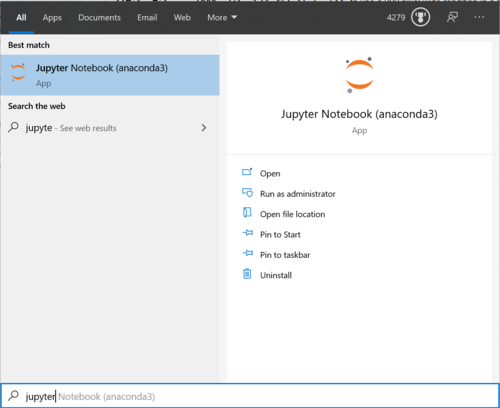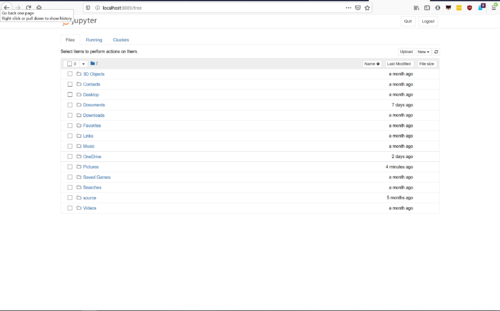Windows set up Python (Anaconda): Difference between revisions
| Line 34: | Line 34: | ||
[[Category:CDSW]] | [[Category:CDSW]][[Category:Shared Pages]] | ||
Revision as of 02:03, 15 January 2020
Download and install Python
We're going to be installing Python using a collection of software that includes Python that, as a collection, is called Anaconda. Anaconda includes the Python programming language and a bunch of different pieces of software that are useful for data science and analysis. Although the collection includes all free software, it is put together by a commercial company called Continuum Analytics.
Try to download and install this file which contains Python 3.7.
If that doesn't work for any reason, download and install the Python 3.7 option from Anaconda's website, on the right. If necessary, scroll down to the "Anaconda for Windows" section.
Make sure you selected the Python 3.7 option, as Python 2.7 behaves differently and isn't what we use in this course. If you get an error about not being able to run that software on your computer, talk to me.
Once the program is downloaded, run the downloaded file which should launch a graphical installer.
If you get stuck during the install process, ask a neighbor or raise your hand for help. These instructions may also be helpful.
Test to make sure Python is working
Open the start menu (or hit the WIN key) and type "jupyter". The first option should be called "Jupyter Notebook". Click that to open Jupyter.
After a few seconds, you'll see a new tab open in your default browser. It will look something like this:
If for some reason you *don't* see something in your browser, let a mentor know.
To close Anaconda, right click on the Jupyter icon in task bar, and select "Close Window". The Jupyter icon looks like this:
Success!
You have Python installed and configured. You can move on to the next step.


